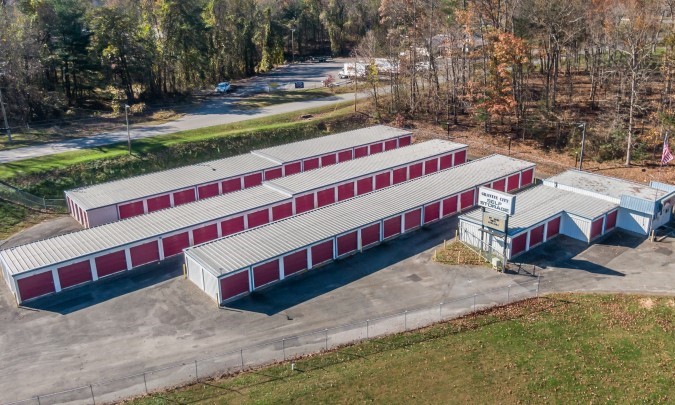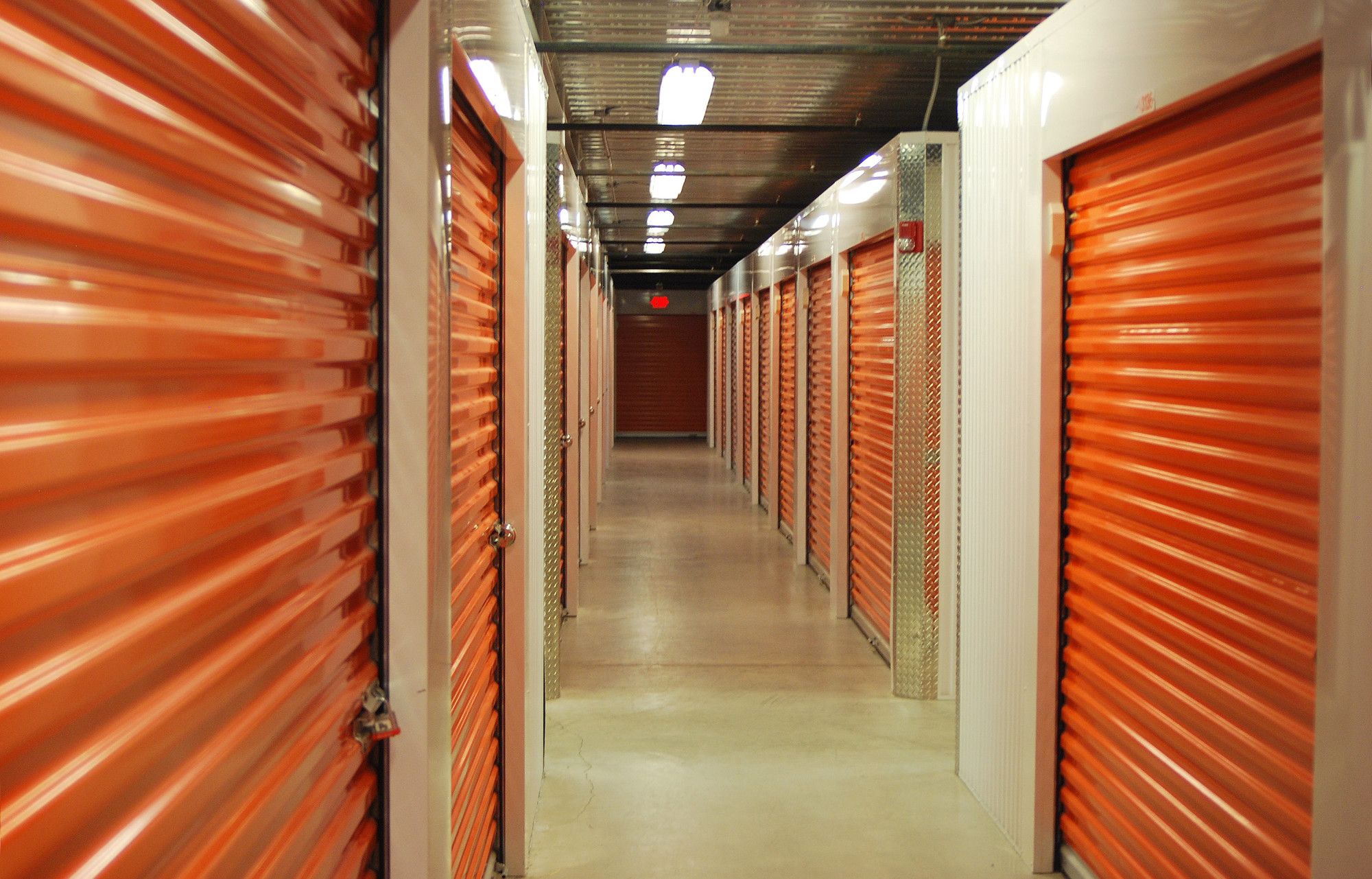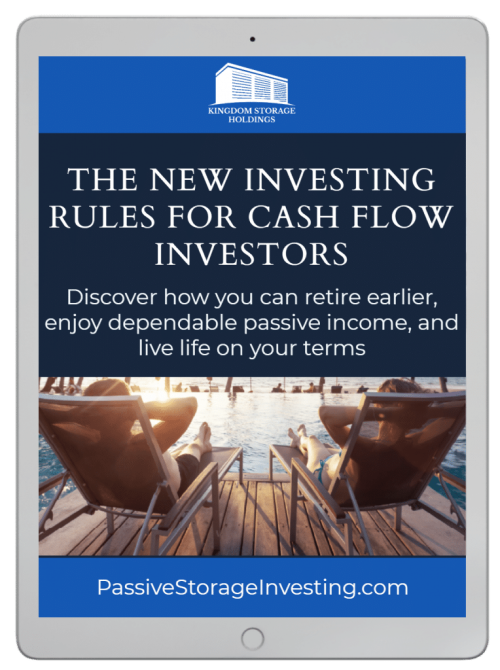Have you heard about passive storage investing but think it sounds too good to be true? You’re not alone. Passive storage investing has gained a lot of hype recently as an easy, hands-free way to generate income, but there are a few myths floating around that might make you skeptical. The truth is, passive storage investing isn’t some get-rich-quick scheme. However, when done right, it can be a simple way to make your money work for you without much effort on your part.
Myth #1: Passive Storage Investing Is Risk-Free
Myth #1: Passive Storage Investing Is Risk-Free
Passive storage investing may seem like a low-risk way to generate income, but the truth is, no investment is 100% risk-free. While self-storage facilities generally have lower operational costs and risks compared to other businesses, there are still risks to be aware of:
- Market risk: The self-storage industry is tied to the overall economy. During economic downturns, demand for storage units may decrease, impacting your returns.
- Management risk: If the management company you partner with makes poor business decisions, it could negatively impact your investment. Do thorough due diligence to find a reputable company with a proven track record.
- Liquidity risk: Self-storage facilities are illiquid assets, meaning they can’t be quickly bought or sold. Your money may be tied up for 3-5 years or more. Make sure you understand the terms before investing.
- Unforeseen costs: Expenses like roof repairs, plumbing issues, or property damage can arise unexpectedly. While passive investing means less day-to-day involvement, you still share in the costs of ownership and operation.
The bottom line is that passive storage investing, like any investment, has risks that need to be considered. However, when done properly with a trusted management company, the risks can be minimized. If you go in with realistic expectations about the level of risk and commit to long-term investment, passive storage investing may be an attractive way to generate monthly cash flow. But risk-free? That’s a myth.
Myth #2: You Need a Lot of Money to Get Started
One of the biggest myths about passive storage investing is that you need a ton of cash to get started. The truth is, many options are available for investors with smaller budgets.
As an individual investor, you can dip your toe in the self-storage waters without breaking the bank. REITs, or real estate investment trusts, allow you to invest in storage facilities by purchasing shares, similar to stocks. Some REITs have minimum investments of around $500 to $1,000 to get started.
Crowdfunding platforms are another option if you want to invest smaller amounts, often $500-$5,000, in a specific self-storage project. You join other investors to fund a new facility or expansion project, then earn returns through quarterly or annual distributions and potential equity growth. Several real estate crowdfunding sites offer self-storage investment opportunities.
Finally, some self-storage companies offer investment programs with lower buy-ins, around $1,000 to $10,000, for individuals. They handle the heavy lifting by acquiring and managing facilities while you earn a share of the profits. These turnkey programs provide an easy way to gain exposure to the self-storage market without the high capital requirements of buying your property.
While substantial money can be made through passive storage investing, you don’t need deep pockets to take advantage of this opportunity. With several options for smaller investors, it’s possible to build wealth over time through the power of compounding returns. The key is starting today with an amount you can afford.
Myth #3: Passive Storage Investing Requires Extensive Time and Effort
Passive storage investing is designed to be just that—passive. Unlike active investing where you’re heavily involved in the day-to-day management, passive storage investing means paying an experienced storage facility operator to handle the work for you. Their job is to market the units, sign leases, collect payments, and oversee any maintenance or repairs needed. All you have to do is cash the checks.
- You’re not dealing with tenant issues or emergencies in the middle of the night.
- You’re not handling marketing, advertising, or finding new renters.
- You don’t have to worry about regular maintenance, upgrades, or unit turnovers.
The beauty of passive storage investing is that the work is done for you, freeing up your time while still providing an ongoing source of income. The level of effort on your part is minimal, usually limited to reviewing periodic reports from the operator and ensuring you’re receiving the expected cash flow. If at any point you become unsatisfied with the operator’s performance, you have the option to replace them—but otherwise, you can remain as hands-off as you like.
For many investors, the appeal of passive storage investing is the ability to generate solid returns without a significant time commitment—the less work involved, the more time you have to spend on other pursuits. If extensive effort and active participation are not appealing or realistic for your situation, passive storage investing could be an ideal way to put your money to work for you while enjoying a mostly hassle-free experience. The truth is, passive storage investing can be as hands-on or hands-off as you want it to be. The choice is yours.
The Benefits of Passive Storage Investing
Passive storage investing provides several benefits for investors looking to generate income with minimal effort.
Hands-Free Income
The biggest benefit of passive storage investing is that it’s truly hands-free. You don’t have to deal with buying, selling, or maintaining the storage units yourself. The storage company handles all the day-to-day management, freeing you up to enjoy income and profits.
High Returns
Self-storage units generate high-profit margins, providing investors with excellent returns on their investments. According to industry experts, self-storage investments offer returns of 10-15% annually. The high demand for storage space, especially in urban areas, helps ensure consistent cash flow and minimal risk of vacancy.
Recession-Resistant
The self-storage industry has proven to be recession-resistant. Even during economic downturns, people still need a place to store their belongings. This makes self-storage a very stable investment through all market cycles. Your income and profits are less likely to be impacted by outside forces.
Low Cost to Start
You don’t need a large amount of capital to get started with passive storage investing. Many crowdfunding platforms and self-storage companies offer investment opportunities for as little as $5,000. This makes it an accessible investment for those looking to diversify their portfolios without a huge initial outlay of cash.
Tax Benefits
The income generated from self-storage investments may provide certain tax benefits. For example, profits and losses can potentially be passed through to investors to help reduce taxable income. The tax implications can vary, so you should consult a tax professional to understand how the income may impact your situation.
In summary, passive storage investing offers investors the opportunity to generate substantial income with minimal effort or maintenance required. The hands-free nature of the investment, combined with the potential for high returns, tax benefits, recession resistance, and low cost to start make it an attractive investment for many. By understanding the realities and benefits, you can determine if it’s the right investment for your needs and financial goals.
FAQ: How Do I Get Started With Passive Storage Investing?
So you want to get started with passive storage investing, but don’t know where to begin? Don’t worry, it’s easier than you might think. Here are the basic steps to get started:
Choose a self-storage REIT
The easiest way for new investors to get into passive storage investing is through a real estate investment trust or REIT that focuses on self-storage facilities. Look for REITs with a proven track record of solid returns and dividend payments. Some of the top self-storage REITs include Public Storage, Extra Space Storage, and CubeSmart.
Open a brokerage account
You’ll need a brokerage account to buy shares of self-storage REITs and other passive storage investment vehicles. Many major brokerages like E*Trade, TD Ameritrade, and Charles Schwab offer commission-free trading and low account minimums to get started.
Start with a small investment
While some myths claim you need a lot of money to get into passive storage investing, the truth is you can start with a relatively small amount, often just a few hundred dollars. Use dollar-cost averaging to build up your position over time.
Reinvest your dividends
One of the benefits of passive storage REITs and mutual funds is that they generate dividend income. Reinvest your dividends to buy more shares and let the power of compounding work for you. Over time, reinvested dividends can significantly boost your returns.
Diversify for the best results
For the most effective passive storage investing approach, build a diversified portfolio that includes multiple self-storage REITs, mutual funds, and ETFs. That way you’re not relying on the performance of just one investment and can take advantage of the strengths of different passive storage vehicles.
With low costs, the ability to start small, and solid return potential, passive storage investing can be an attractive source of passive income. By choosing quality self-storage REITs and funds, opening a brokerage account, starting with a small investment, reinvesting dividends, and diversifying your holdings, you’ll be on your way to success with this investing strategy.
Conclusion
So there you have it – the truth about passive storage investing. As you’ve seen, it’s not the risk-free, high-cost, time-intensive endeavor that many make it out to be. With the right strategy and mindset, passive storage investing can be an accessible way for you to generate extra income each month. The key is starting small, keeping costs low, and not getting bogged down in the details. Take it slow, learn as you go, and don’t be afraid to make a few mistakes. Passive storage investing may not make you an overnight millionaire, but with patience and persistence, it can help you build wealth and achieve financial freedom over time. The myths have been debunked – now it’s time for you to take action. You’ve got this!





